
The allure of cinema often lies not just in the finished masterpiece projected onto our screens, but in the intricate tapestry of untold stories woven behind the camera. These hidden narratives offer an unparalleled glimpse into the creative processes, unexpected moments, and sheer human endeavor that transform a mere script into a cinematic marvel. For enthusiasts and aspiring filmmakers alike, these behind-the-scenes revelations do more than just entertain; they deepen our appreciation for the art form, humanizing the icons we admire and revealing the true magic that happens off-camera.
We often marvel at the meticulous detail in historical epics, the seamless flow of gripping narratives, or the breathtaking realism of fantastical worlds. Yet, beneath the polished surface, there are countless tales of improvisation, technical hurdles overcome, and profound dedication from cast and crew. These anecdotes not only highlight the passion and struggles involved in filmmaking but also showcase how challenges, such as malfunctioning props or last-minute script changes, can be ingeniously turned into golden opportunities, reshaping entire productions and influencing the course of cinematic history.
Embark on a journey with us as we delve into some of the most captivating behind-the-scenes stories from iconic movies, uncovering the secrets that make them legendary. From the unexpected inspirations that breathe life into unforgettable characters to the sheer resilience required to bring ambitious visions to fruition, these tales are a testament to the magic, innovation, and sometimes, the sheer chaos that defines the world of filmmaking. Prepare to see movies you thought you knew in a completely new light, as we unveil the unseen forces that shaped their destiny.
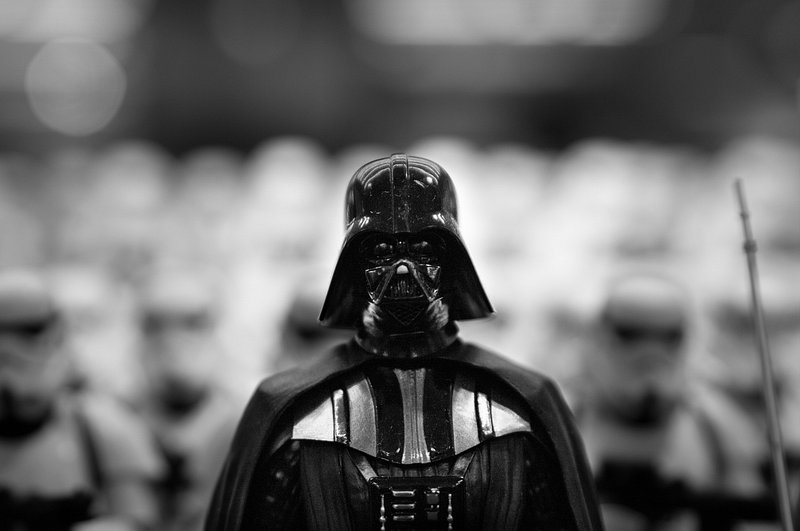
1. **“Star Wars: A New Hope” – The Birth of Darth Vader’s Voice**In the vast expanse of cinematic villains, few command the presence and chilling authority of Darth Vader, a character whose very essence is inextricably linked to his deep, resonant voice. It is a testament to the power of sound design and voice acting that James Earl Jones’s commanding tones became the indelible signature of this iconic antagonist. Yet, the path to this legendary vocal performance was not immediately clear, with the role almost falling into other hands before Jones was ultimately selected to embody the Sith Lord.
The recording sessions for Vader’s voice were a fascinating exercise in trial and error, a painstaking process of experimentation as Jones worked to refine the ominous tone that would define the character. Imagine the creative crucible, where a nascent villain’s vocal identity was sculpted, each inflection and pause carefully considered. His unique contribution transcended mere dialogue, infusing the character with a gravitas and menace that transformed him from a masked figure into one of cinema’s most enduring and terrifying villains, leaving an indelible mark on popular culture.
This crucial casting choice underscores the profound impact of a single creative decision on a film’s legacy. Jones’s voice became far more than just dialogue; it was an instrument of fear, power, and ultimately, tragedy. The evolution of Vader’s voice, from initial concept to its final, iconic form, exemplifies the collaborative and often experimental nature of filmmaking, where the perfect element can be discovered through persistent exploration, forever altering the audience’s perception of a character.
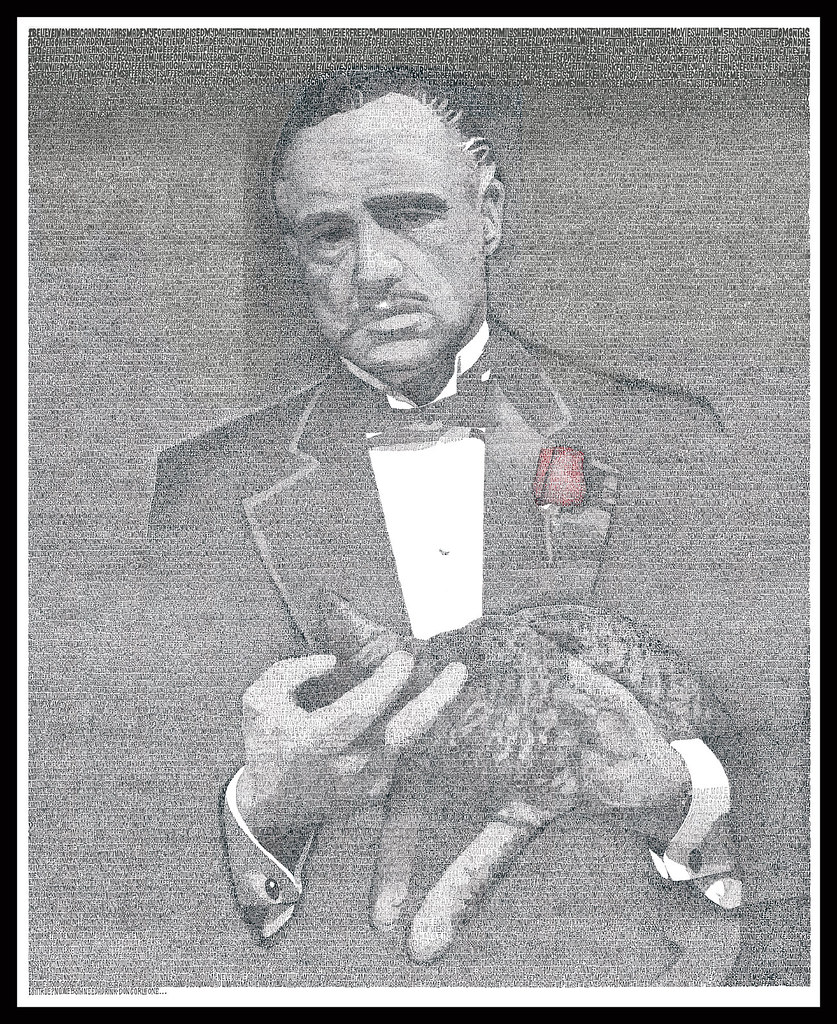
2. **“The Godfather” – The Cat That Wasn’t Planned**The opening scene of Francis Ford Coppola’s “The Godfather” is a masterclass in establishing character and tone, yet one of its most iconic elements was entirely unscripted. As Marlon Brando’s Don Vito Corleone listens intently to a plea, a stray cat perched on his lap, purring softly, creates a poignant and unexpected duality in the powerful crime boss. This seemingly minor detail was a spontaneous moment, born from the serendipitous presence of an animal wandering onto the set, yet it has become one of the film’s most enduring and analyzed images.
Brando, a master of improvisation, seamlessly incorporated the feline visitor into his performance. His gentle stroking of the cat while discussing matters of life and death subtly underscored Don Corleone’s complex nature: a ruthless patriarch capable of extreme violence, yet also possessing a quiet, almost tender side. This unscripted addition resonated deeply with audiences and critics alike, offering a nuanced glimpse into the character’s internal world without a single line of dialogue dedicated to explaining it.
The unexpected presence of the cat became a powerful symbol, adding layers of depth and intrigue to Corleone’s character, enhancing his quiet menace and humanizing his formidable presence. It stands as a prime example of how some of cinema’s most memorable moments can arise from genuine spontaneity and an actor’s keen ability to react to their environment, transforming an unforeseen event into a pivotal element that enhances character depth and leaves an indelible mark on cinematic history.

3. **“The Dark Knight” – Heath Ledger’s Method Acting**Heath Ledger’s portrayal of the Joker in Christopher Nolan’s “The Dark Knight” is widely celebrated as one of the greatest performances in cinematic history, a transformative immersion that transcended typical acting. To truly inhabit the chaotic and unsettling mind of Batman’s arch-nemesis, Ledger famously committed himself to an extreme form of method acting, a dedication that took him to the depths of psychological exploration and character development.
Weeks before filming began, Ledger retreated into isolation, locking himself away in a hotel room to fully immerse himself in the Joker’s psyche. During this intense period, he meticulously journaled in character, meticulously documenting the Joker’s twisted thoughts, unsettling mannerisms, and distinctive voice. This deep dive allowed him to craft a portrayal that was not merely an imitation but an authentic manifestation of madness, from his disjointed movements to his chilling vocal inflections, making the character utterly unpredictable and terrifying.
The authenticity of his performance extended even to moments of on-set improvisation, most notably in the hospital explosion scene. When the detonators for the staged explosion initially malfunctioned, Ledger, remaining entirely in character, reacted with an unscripted twitch and impatient glance, creating an organic moment of chaotic realism. This spontaneous genius, combined with his rigorous preparation, added an unparalleled layer of authentic chaos that elevated the Joker to iconic status, cementing Ledger’s legacy as a true acting legend and leaving audiences with an unforgettable villain.

4. **“Titanic” – The Ice Water Incident**James Cameron’s colossal vision for “Titanic” was rooted in an unwavering commitment to historical accuracy and emotional realism, a dedication that often demanded extraordinary sacrifices from his cast and crew. To authentically convey the harrowing experience of the ship’s sinking, actors were famously subjected to grueling hours immersed in freezing water, a challenge that pushed them to their physical and mental limits in pursuit of cinematic truth.
The intense filming conditions took a significant toll, with reports indicating that lead actress Kate Winslet suffered hypothermia during the demanding shoots. Her resilience in enduring such extreme cold for the sake of her performance became legendary, emblematic of the entire cast’s dedication. These scenes, though physically draining, captured the raw, terrifying reality faced by the Titanic’s passengers, immersing the audience in the tragedy with an almost visceral sense of dread and despair.
Cameron’s meticulous focus on every detail, from the scale of the sets to the physical discomfort endured by the actors, was paramount in his quest to fully immerse the audience in the disaster. This unwavering pursuit of authentic representation transformed what could have been a mere reenactment into an emotionally resonant experience, allowing viewers to feel the biting cold and desperate fear alongside the characters, thereby enhancing the film’s profound emotional realism and securing its place as a monumental cinematic achievement.
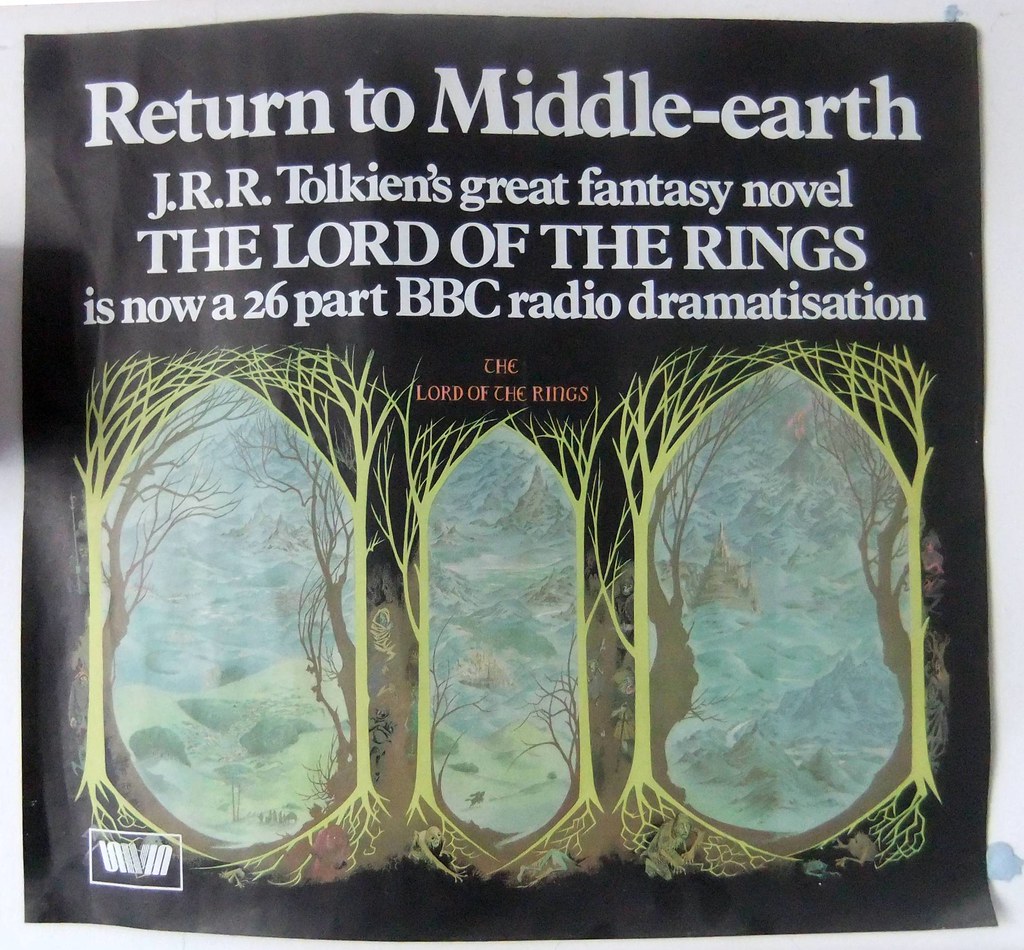
5. **“The Lord of the Rings” – Viggo Mortensen’s Broken Toe**In the epic saga of “The Lord of the Rings,” the dedication of the cast to their roles was often as legendary as the tales they told. During the filming of “The Two Towers,” Viggo Mortensen, who portrayed the noble Aragorn, provided a stark demonstration of this commitment, enduring a painful injury that paradoxically enhanced one of the film’s most impactful scenes. His visceral reaction to an accident on set was so authentic that it was preserved in the final cut, becoming a moment of unplanned brilliance.
The scene in question depicted Aragorn, Legolas, and Gimli believing their hobbit companions, Merry and Pippin, to be dead, trapped in a pile of slaughtered Uruk-hai. In a moment of intense frustration and grief, Mortensen kicked a Uruk-hai helmet in despair. Unbeknownst to the crew at the time, this powerful kick resulted in him breaking his toe. The scream of agony that erupted from him was not acting; it was genuine, raw pain, fueled by the character’s profound anguish and the physical injury he had just sustained.
Director Peter Jackson, recognizing the unadulterated emotion captured in that spontaneous outburst, made the crucial decision to keep the take in the final film. Mortensen’s dedication to realism, even in the face of excruciating pain, imbued Aragorn’s journey with an undeniable emotional depth. This powerful, unscripted moment added layers of authenticity to the scene, blurring the line between actor and character and forever cementing the raw emotion that defined Aragorn’s relentless pursuit and grief, showcasing the extraordinary sacrifices made for cinematic integrity.

6. **“Jurassic Park” – The T-Rex Malfunction**The monumental achievement of “Jurassic Park” lay in its groundbreaking blend of practical effects and cutting-edge CGI, bringing dinosaurs to terrifying life on screen. Among these technological marvels was the animatronic T-Rex, a breathtaking piece of engineering that could convincingly simulate the raw power of the prehistoric predator. Yet, even the most sophisticated machinery is prone to the unpredictable whims of nature, leading to unexpected malfunctions that paradoxically enhanced the film’s suspense and realism.
During the iconic sequence where the T-Rex attacks the Ford Explorer, heavy rainfall created unforeseen problems for the complex animatronic. The rain caused the mechanical dinosaur to behave erratically, leading to moments where its movements were unplanned and unpredictable. This technical glitch, far from being a setback, created genuine, visceral reactions from the cast members trapped inside the vehicle, as the massive prop lunged and roared in ways that were not entirely choreographed.
These technical issues ultimately served to heighten the suspense and terror in the film, making the T-Rex feel even more alive and dangerous. The uncontrolled movements added a layer of terrifying realism that no perfect, pre-programmed action could have achieved. It’s a remarkable illustration of how sometimes, the imperfections and challenges faced behind the scenes can become the very elements that elevate a film, turning potential disasters into cinematic triumphs that captivate and thrill audiences worldwide, proving that some of the greatest scares come from the unexpected.
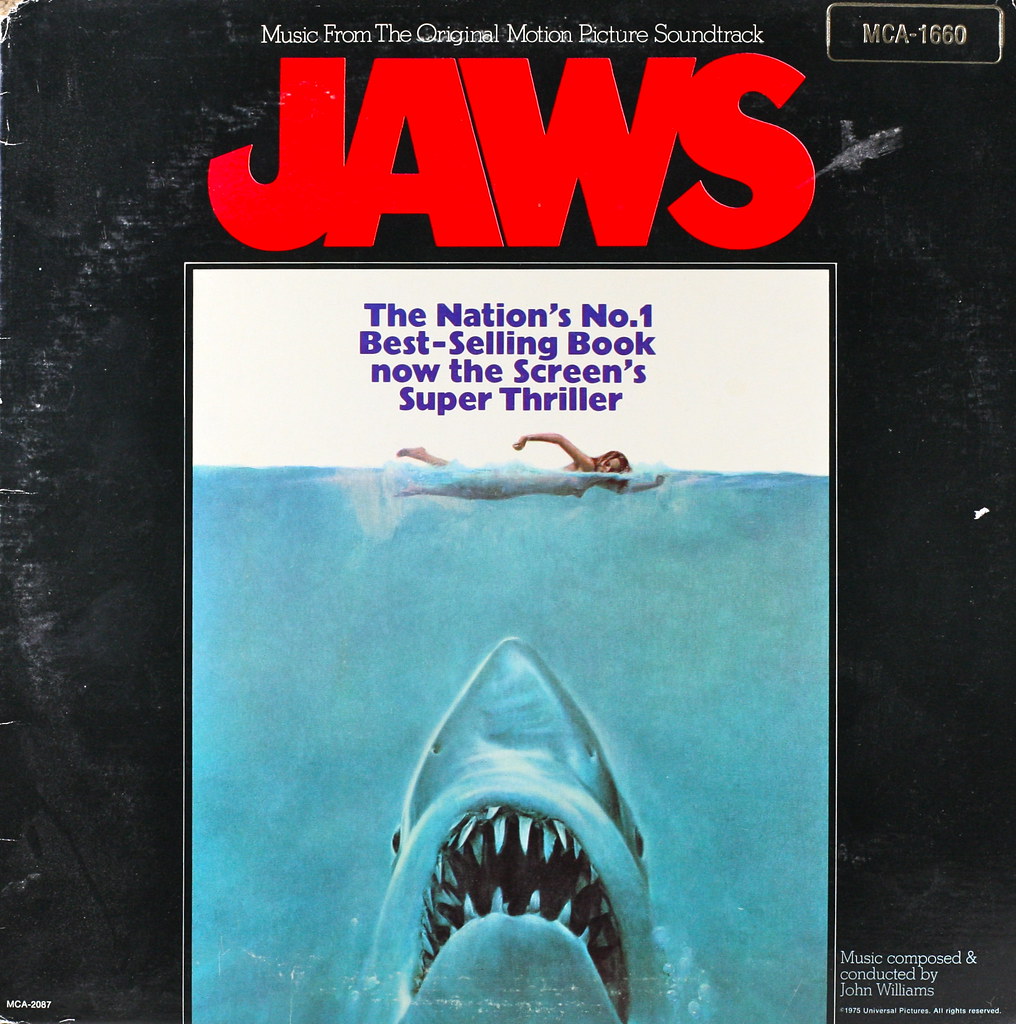
7. **“Jaws” – The Shark That Wouldn’t Work**Steven Spielberg’s groundbreaking thriller, “Jaws,” is widely credited with redefining the suspense genre, proving that what you don’t see can be far more terrifying than what you do. This masterful approach to building fear, however, was born not from deliberate artistic choice alone, but largely out of sheer necessity and a cascade of daunting technical setbacks that plagued the production, forcing an innovative pivot.
The mechanical shark, affectionately nicknamed “Bruce” by the crew, was a marvel of engineering ambition, designed to be the fearsome antagonist. Yet, in the harsh saltwater environment of Martha’s Vineyard, Bruce proved to be an exceptionally temperamental co-star, frequently breaking down and refusing to function as intended. These persistent mechanical failures threatened to derail the entire production, leaving Spielberg and his team scrambling for solutions under immense pressure and a rapidly escalating budget.
Faced with a malfunctioning monster, Spielberg made a stroke of genius. He opted to lean heavily on suspenseful music, off-screen tension, and the audience’s own imagination to build fear, rather than relying on constant visual appearances of the unreliable shark. This limitation was transformed into a creative breakthrough, revolutionizing how suspense was portrayed in cinema forever. The invisible threat, hinted at by John Williams’ iconic score and the reactions of the characters, became far more potent than any animatronic could have been, demonstrating how profound creative solutions can emerge directly from the most formidable of technical challenges, shaping an entire genre in the process.
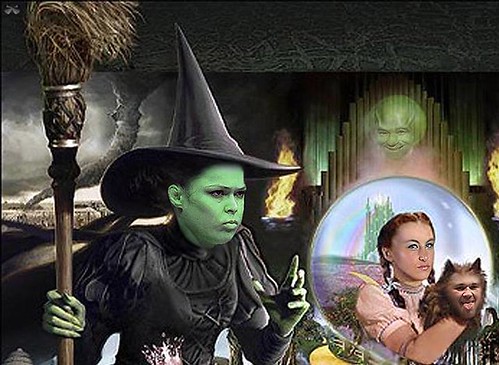
8. **“The Wizard of Oz” – Toxic Makeup and Dangerous Sets**The enchanting, vibrant world of 1939’s “The Wizard of Oz” remains a timeless cinematic masterpiece, yet beneath its dazzling surface lay a darker reality of perilous production conditions. This groundbreaking film, celebrated for its imaginative sets and colorful characters, demanded significant sacrifices from its cast and crew, battling unforeseen health hazards and safety challenges that deeply underscore the film’s hidden struggles.
One of the most alarming revelations from the set concerns the elaborate makeup used to transform actors into their fantastical roles. The original formula for the Tin Man’s silver paint, for instance, contained aluminum powder, a substance so toxic that it led to severe health issues for the actor initially cast in the role, Buddy Ebsen, forcing him to withdraw from the production. Similarly, the Wicked Witch of the West’s iconic green face paint was also laden with toxic chemicals, posing significant risks to actress Margaret Hamilton during her arduous filming schedule.
Beyond the cosmetic dangers, the production was fraught with risky special effects, many of which involved real fire, a common but hazardous practice of the era. These pyrotechnic demands tragically led to injuries on set, highlighting a period in filmmaking where safety protocols were far less stringent than today. The commitment to achieving a visually spectacular result, unfortunately, often overshadowed the immediate well-being of those bringing the magic to life.
These arduous conditions and health scares, though harrowing, became an unspoken catalyst for change, inadvertently paving the way for the modern safety standards and comprehensive health regulations now commonplace in the film industry. The hidden sacrifices made during the production of ‘The Wizard of Oz’ serve as a powerful reminder of the human cost behind cinematic innovation and the evolving conscience of an industry striving for safer artistic creation.
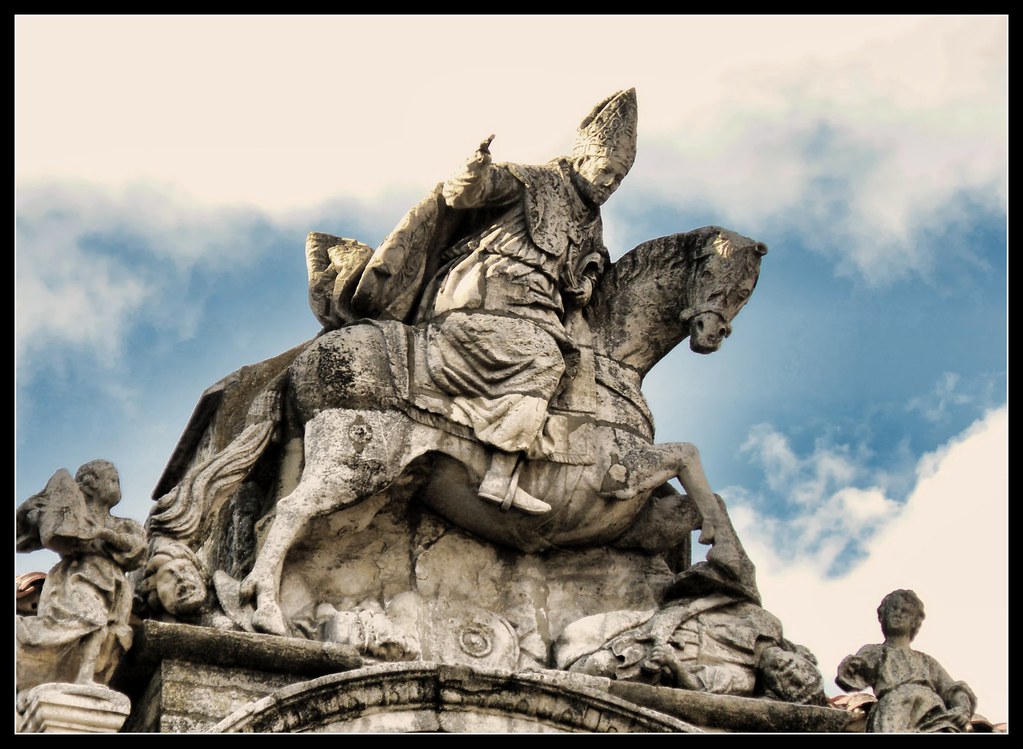
9. **“Apocalypse Now” – Chaos on Set**Francis Ford Coppola’s “Apocalypse Now” is a cinematic behemoth, a visceral journey into the heart of darkness that famously mirrored the madness of its own creation. The film’s production was legendary for its staggering difficulties, transforming what was meant to be a controlled artistic endeavor into an epic struggle for survival against the forces of nature and human endurance.
The sheer scale of the challenges faced on set was almost mythological. A devastating typhoon, for instance, tore through the Philippines during filming, destroying meticulously constructed sets and grinding production to a halt. This natural disaster, coupled with escalating costs and a perpetually shifting script, pushed the entire crew to their absolute limits, blurring the lines between the war being portrayed and the chaotic reality of making the film.
Adding to the already formidable hurdles, lead actor Martin Sheen suffered a heart attack during filming, a terrifying event that brought home the intense physical and psychological toll the production was taking on everyone involved. Coppola himself faced immense pressure, pouring his own money into the film and battling creative differences, creating an atmosphere ripe with tension and uncertainty.
Remarkably, the very chaos that threatened to derail “Apocalypse Now” ultimately imbued the film with an unparalleled authenticity. The real-life challenges, the destruction of sets, and the health crises experienced by the cast and crew, inadvertently added layers of raw, unvarnished realism to the narrative, deepening its profound themes of war and psychological turmoil. This fusion of reality and fiction created a cinematic experience that remains powerfully unsettling and deeply resonant.
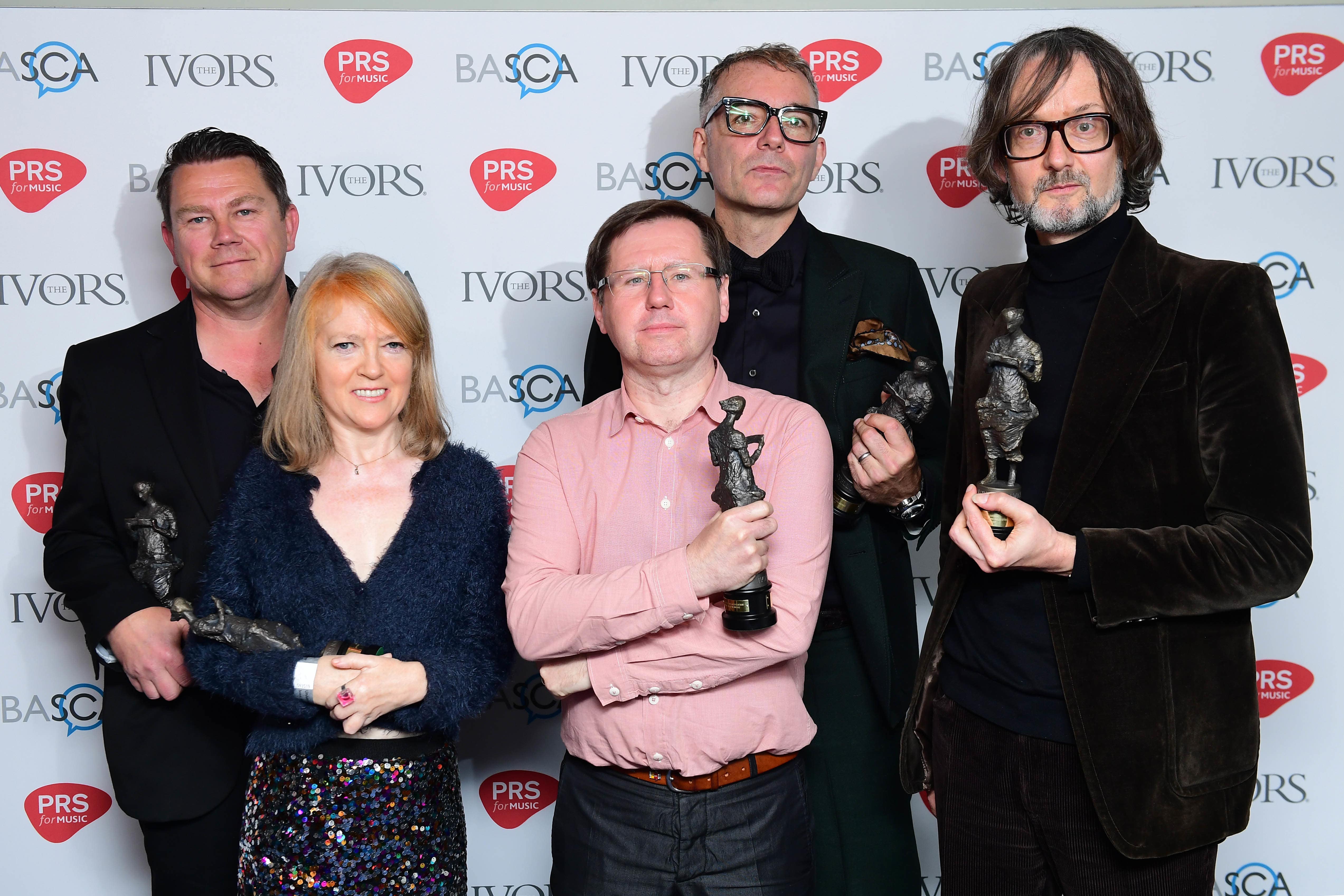
10. **“Pulp Fiction” – The Mysterious Briefcase**Quentin Tarantino’s “Pulp Fiction” burst onto the cinematic landscape with its non-linear narrative, iconic dialogue, and a deeply enigmatic glowing briefcase that became one of the film’s most enduring mysteries. The contents of this briefcase are never explicitly revealed, leaving audiences to ponder its significance, a testament to Tarantino’s masterful use of suggestion and intrigue.
Behind the scenes, the creation of this captivating visual puzzle involved ingenious practical effects rather than elaborate digital trickery. The filmmaking team meticulously experimented with various lighting techniques to achieve the briefcase’s eerie, captivating glow. By carefully positioning an orange light bulb inside the case, they crafted an effect that hinted at something extraordinarily precious, dangerous, or even otherworldly, without ever showing it.
This deliberate creative choice to keep the contents of the briefcase a secret was a stroke of genius, effectively engaging the audience’s imagination in a profound way. Instead of a concrete object, the briefcase became a powerful MacGuffin, a plot device that drives the narrative forward while allowing its true meaning to remain tantalizingly ambiguous, thus amplifying the film’s unique mystique.
The unresolved mystery of the briefcase has sparked countless fan theories and discussions for decades, demonstrating how an absence of information, when artfully crafted, can become more compelling than any explicit reveal. It showcases how a director’s vision, combined with clever technical execution, can elevate a simple prop into a symbol that embodies the film’s unconventional spirit and contributes significantly to its lasting cultural impact.
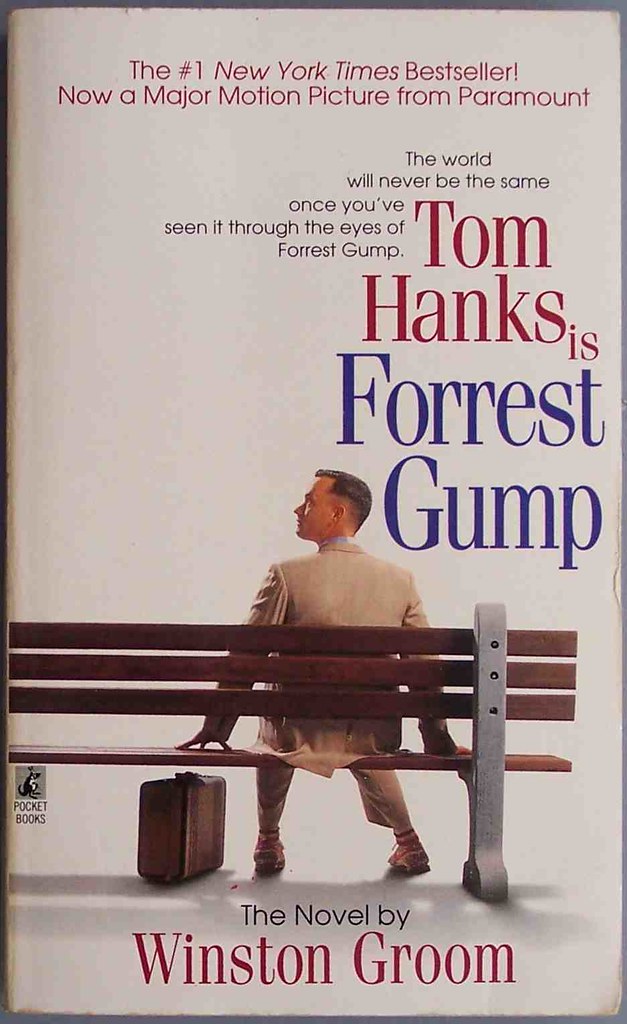
11. **“Forrest Gump” – The Unplanned Shrimp Scene**“Forrest Gump” captivated audiences with its heartwarming narrative, iconic historical moments, and the endearing performance of Tom Hanks as the titular character. The film is replete with memorable lines and charming quirks, many of which originated not from the script alone, but from the organic flow of creativity on set, imbuing the story with a delightful spontaneity.
One such beloved moment, centered around Forrest’s sudden obsession with shrimp, emerged entirely unscripted during filming. As Forrest recounts his adventures in the shrimping business, an improvised scene involving a vast array of shrimp dishes unfolded, showcasing a humorous and authentic glimpse into his earnest character. This unplanned addition became a genuine highlight, accentuating the film’s gentle humor and its protagonist’s unwavering focus.
This spontaneous culinary display wasn’t merely a comedic interlude; it profoundly enhanced the film’s relatability and charm. It deepened the audience’s understanding of Forrest’s simple yet profound worldview, demonstrating how his focused enthusiasm could transform into unique entrepreneurial endeavors, leading to the creation of the Bubba Gump Shrimp Company, a key element of his journey.
The inclusion of such unscripted brilliance underscores the value of an open set where actors can organically contribute to their characters, finding moments of truth and humor that resonate deeply. This particular scene exemplifies how the magic of filmmaking often lies in these unexpected, authentic additions, enriching the narrative and leaving an indelible mark on the hearts of viewers, making the film even more quotable and cherished.
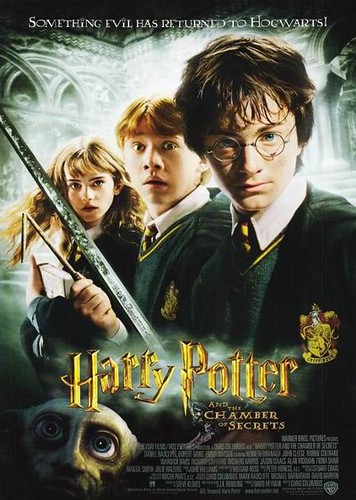
12. **“Harry Potter and the Chamber of Secrets” – Rupert Grint’s Drawing**The enchanted halls of Hogwarts, brought to life in the “Harry Potter” series, were not only filled with magic and mystery but also with moments of genuine camaraderie and lightheartedness among its young cast. Behind the epic tales of wizardry, everyday human interactions often shone through, creating cherished memories for those involved and offering a glimpse into the joyful side of filmmaking.
One particularly charming anecdote comes from the set of “Harry Potter and the Chamber of Secrets.” Rupert Grint, who brilliantly portrayed the affable Ron Weasley, famously drew a caricature of the esteemed Alan Rickman, the actor behind the formidable Severus Snape. In a moment of youthful mischief, Grint unknowingly held up his playful sketch for Rickman to see, a bold act that could have elicited a stern response from the intimidating screen presence.
Instead, Rickman, known for his gravitas and piercing gaze on screen, responded with a playful amusement that delighted the cast. This unscripted interaction, far from causing any tension, created a lasting, lighthearted memory, beautifully showcasing the genuine warmth and camaraderie that blossomed among the actors despite their on-screen rivalries and the intense demands of the production. It humanized the iconic figures that audiences revered.
Such personal, spontaneous moments offer a rare and valuable insight into the human connections forged during long film productions. They reveal that even in the grandest cinematic endeavors, there are shared laughs and playful exchanges that solidify bonds. This endearing story about Grint and Rickman reminds us that the magic of filmmaking extends beyond the script, into the authentic relationships and shared experiences that enrich the entire creative process.

13. **“Casablanca” – Last-Minute Script Changes**“Casablanca” stands as a towering achievement in cinematic history, a film revered for its timeless romance, gripping drama, and a script overflowing with some of the most iconic lines ever uttered on screen. Yet, what many audiences may not realize is the fluid and often chaotic nature of its creation, particularly concerning its legendary dialogue, much of which was forged in the heat of improvisation and last-minute revisions.
The production was notorious for its evolving script, with many pivotal scenes and unforgettable phrases being penned or altered just moments before filming. This environment demanded incredible adaptability from its cast and crew, fostering a creative flexibility that allowed for a vibrant, organic development of the story and its characters, a testament to the talent involved under pressure.
Perhaps the most famous example of this on-the-fly brilliance is Humphrey Bogart’s indelible line, “Here’s looking at you, kid.” This phrase, now synonymous with cinematic romance, was reportedly ad-libbed by Bogart himself, a spontaneous stroke of genius that resonated so profoundly that it was not only kept in the final cut but became one of the most quoted lines in cinema history, forever etched into popular culture.
The emergence of such timeless dialogue from spontaneous contributions highlights the profound impact an actor’s intuition and presence can have on a film’s legacy. These unscripted moments, born from the pressure and creative freedom of the set, contributed immeasurably to “Casablanca’s” enduring appeal, solidifying its status as a masterpiece where every word, whether planned or improvised, felt perfectly placed.
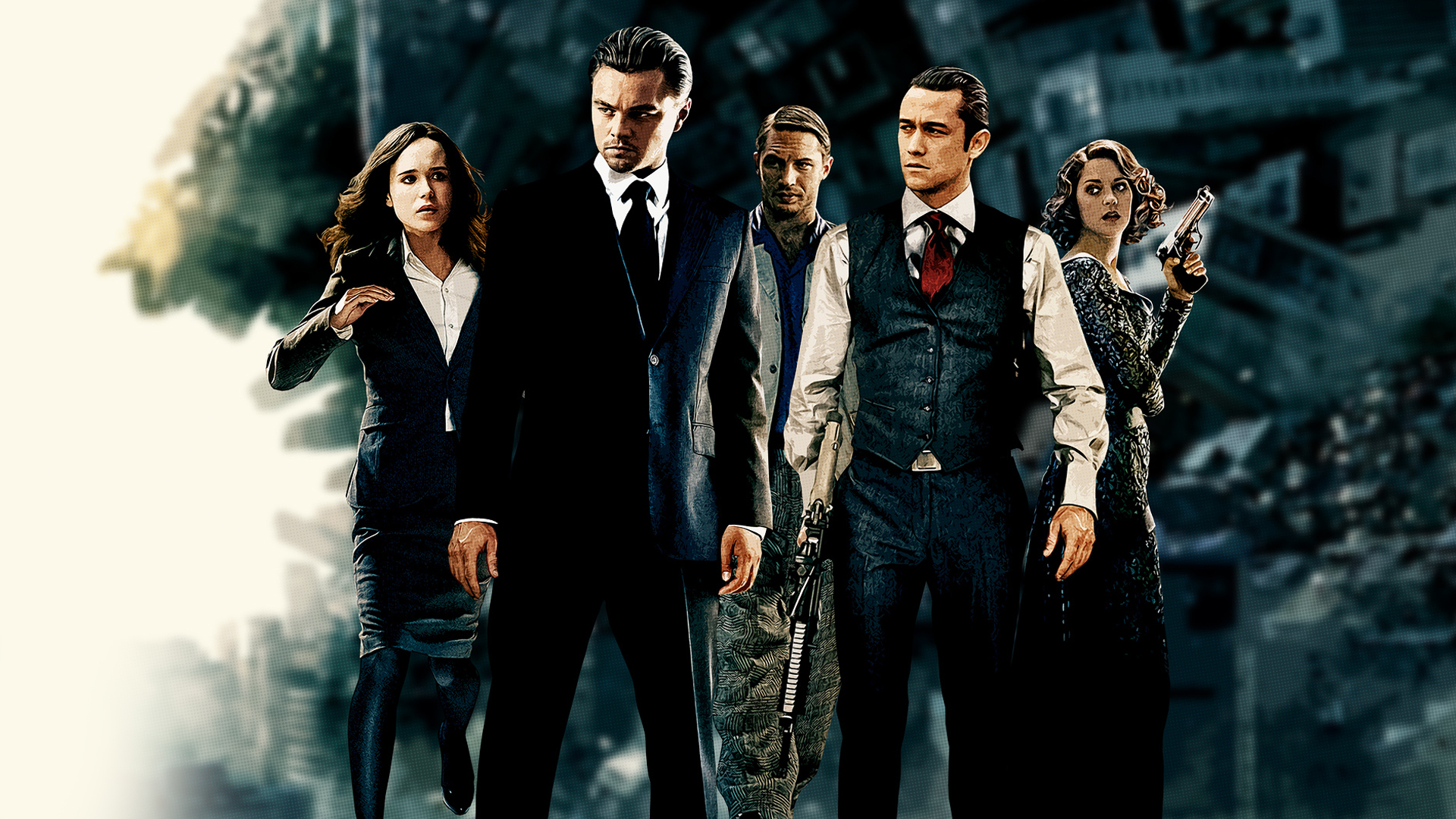
14. **“Inception” – The Rotating Hallway**Christopher Nolan’s “Inception” transported audiences into a mesmerizing labyrinth of dreams, a visually stunning and intellectually intricate cinematic experience. A hallmark of Nolan’s directorial philosophy is his unwavering commitment to practical effects over extensive CGI, a dedication that often results in breathtaking, tangible sequences that ground his fantastical narratives in a palpable reality.
This commitment was spectacularly demonstrated in the creation of the iconic rotating hallway sequence. To achieve the illusion of zero gravity and shifting environments within a dream, Nolan’s team constructed a massive, complex set: an actual rotating hallway that could spin 360 degrees. This extraordinary feat of engineering allowed for a genuine, physical interaction between the actors and their environment, moving beyond the confines of digital green screens.
Inside this colossal, spinning contraption, actors performed intricate stunts, battling against the shifting gravity as the set rotated around them. This innovative approach delivered groundbreaking visuals that were not merely convincing but viscerally immersive. The physical strain and coordination required from the cast and crew translated directly onto the screen, creating an unparalleled sense of realism and disorientation for the audience.
The rotating hallway sequence stands as a powerful testament to the ingenuity and ambition of practical filmmaking, showcasing how ingenuity can create awe-inspiring effects that digital enhancements alone might struggle to achieve. Nolan’s insistence on tangible realities, even in the most fantastical of settings, elevated “Inception” to a new benchmark for visual storytelling, deeply engaging audiences in its complex, dreamlike world.

15. **“Avengers: Endgame” – Robert Downey Jr.’s Improvisation**“Avengers: Endgame” delivered a culmination of a decade’s worth of storytelling, resonating deeply with millions of fans worldwide, not just through its epic battles but also through its profoundly emotional moments. In a film filled with universe-altering events, it was often the quiet, heartfelt gestures and lines that left the most lasting impact, cementing the film’s emotional core.
One of the most poignant and instantly iconic lines from the film, “I love you 3000,” spoken by Tony Stark, originated not from the pages of the script but from a deeply personal, unscripted moment in Robert Downey Jr.’s own life. The actor revealed that the phrase was inspired by a real-life exchange with his children, a tender declaration of affection that he brought from his private world onto the global stage.
This heartfelt addition resonated with an extraordinary emotional power, instantly becoming one of the most beloved and quoted lines in the entire Marvel Cinematic Universe. Its authenticity, springing from a genuine parental bond, transcended the superhero narrative, touching audiences on a universal human level and amplifying the emotional weight of Tony Stark’s character arc and his ultimate sacrifice.
The inclusion of such a deeply personal, improvised line exemplifies how an actor’s connection to their role and their own life experiences can infuse a film with unparalleled emotional depth and authenticity. It demonstrates that some of cinema’s most memorable and impactful moments arise not from careful planning but from spontaneous, heartfelt contributions, forging an intimate connection between the story, the characters, and the global audience.
***
The unparalleled journeys behind the scenes of these cinematic masterpieces reveal a kaleidoscope of human ingenuity, unwavering dedication, and the sheer unpredictability inherent in bringing stories to life. From the arduous conditions endured for ‘The Wizard of Oz’ to the spontaneous genius that birthed ‘I love you 3000’ in ‘Avengers: Endgame,’ each narrative peels back the curtain, allowing us to glimpse the magic, the struggles, and the triumphs that shape the movies we cherish. These untold stories do more than just entertain; they deepen our appreciation for the art form, transforming our understanding of film from a passive viewing experience into an active appreciation for the immense creative spirit that defines cinema. They stand as a testament to the resilience of imagination, reminding us that the greatest narratives often unfold not only on the screen but in the passionate, unforeseen moments behind the camera.



